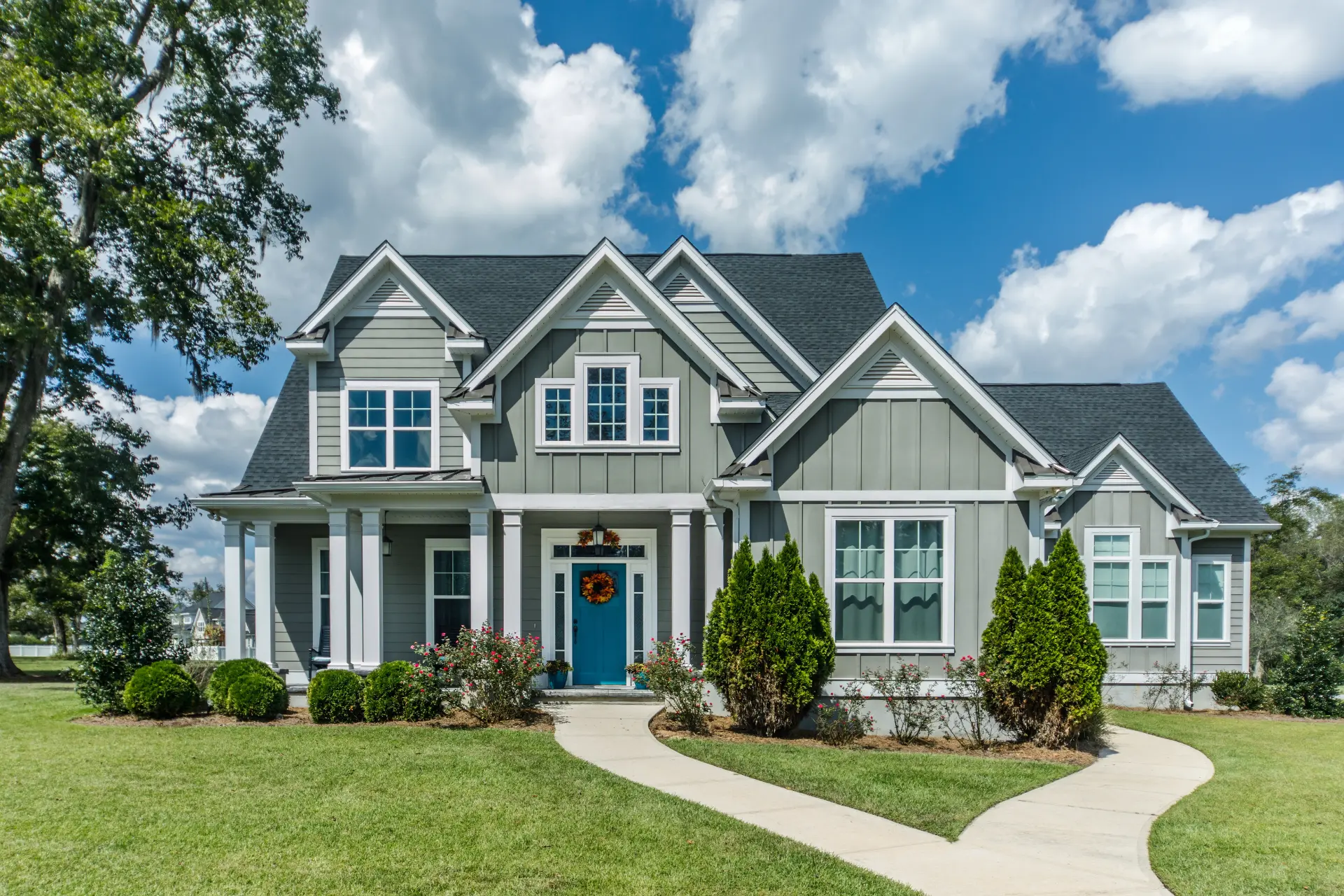The Purpose of Gutters
Gutters are designed to channel water away from your home’s foundation, preventing a range of issues such as:
- Water Damage: Without gutters, water can seep into your home’s foundation, leading to cracks, leaks, and eventual structural damage.
- Soil Erosion: Excess water can erode the soil around your home, compromising the stability of your foundation.
- Staining and Discoloration: Water splashing onto your home’s exterior can cause unsightly stains and discoloration.
By directing water away from your home, gutters help prevent these issues and protect your most valuable investment.
Gutter Installation
Proper gutter installation is essential for optimal performance. Our experienced team at Precision Contracting Services, LLC ensures that your gutters are:
- Correctly sized for your home
- Securely fastened to your roofline
- Properly sloped to ensure efficient water flow
We work with a variety of gutter materials, including aluminum, copper, and steel, to find the best solution for your home and budget. Our installation process is efficient and thorough, ensuring your gutters are ready to handle even the heaviest rainfall in Downingtown, West Chester, Chester Springs, West Goshen, Coatesville, Glen Mills, and Newtown Square, PA.
Gutter Maintenance
Regular gutter maintenance is crucial to ensure they continue to function effectively. Clogged gutters can lead to a host of problems, including:
- Water Overflow: When gutters are clogged, water can overflow and pool around your foundation, leading to the issues mentioned earlier.
- Ice Dams: In colder climates, clogged gutters can contribute to the formation of ice dams, which can cause significant damage to your roof and home.
- Pest Infestations: Clogged gutters provide an ideal environment for pests like mosquitoes and rodents to breed and thrive.
At Precision Contracting Services, LLC, we offer comprehensive gutter cleaning and maintenance services. Our team will thoroughly clean your gutters, removing debris and ensuring proper water flow. We also offer gutter guard installation to minimize future clogging and maintenance needs.
Gutter Repair and Replacement
Over time, gutters can become damaged due to age, weather, or other factors. Common signs that your gutters need repair or replacement include:
- Cracks or holes in the gutter system
- Sagging or pulling away from the roofline
- Visible rust or corrosion
Our team at Precision Contracting Services, LLC is well-versed in gutter repair and replacement. We’ll assess the condition of your gutters and provide an honest recommendation on whether repair or replacement is the best course of action. With our expertise and high-quality materials, you can trust that your gutter system will be restored to optimal functionality.
Trust Precision Contracting Services, LLC for Your Gutter Needs
At Precision Contracting Services, LLC, we are committed to providing exceptional gutter services to homeowners throughout Downingtown, PA and surrounding areas. With our focus on quality workmanship, attention to detail, and customer satisfaction, you can trust us to ensure your gutters are protecting your home effectively.
Contact us today to schedule your gutter installation, maintenance, repair, or replacement service. Let Precision Contracting Services, LLC help you safeguard your home against water damage.






